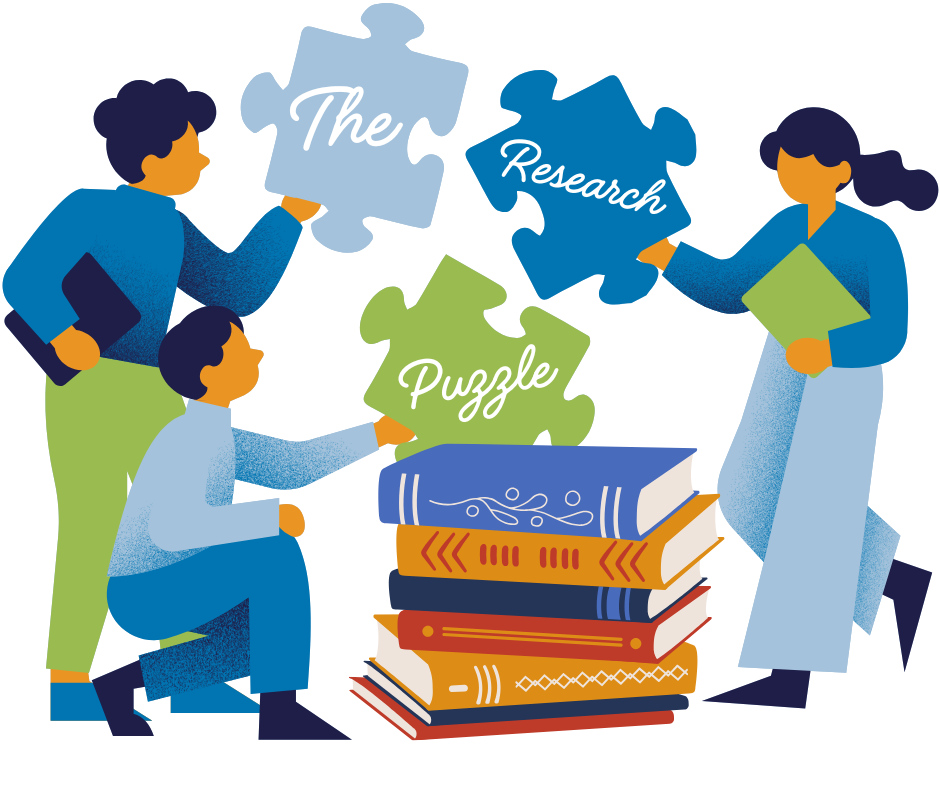|
Listen to or download this article:
|

As a developmental editor, I help writers in many ways, including layering in sensory data to make their stories more immersive.
I’m always gleaning information and trying to understand how the brain and nervous system work. I’m learning that it’s easy to use the latest neuroscience research and you can too.
The brain works hard to protect humans from risk. Risk assessment happens via the reticular activating system, a gatekeeper between your conscious and unconscious mind. It filters through all the information coming in from your sensory organs including possible dangers, then reacts.

RAS is the GATEKEEPER between our conscious and unconscious.
Our brain is inundated with millions of messages whenever we’re awake. Without the RAS we’d be overloaded with stimulus, our heads noisy and cluttered, always on the alert, never able to focus. When messages slip past the reticular activating system, they become conscious thoughts, emotions, or both. So again, the RAS works to keep us safe and sane in a sometimes dangerous world.
What I love about studying the brain is how possible it is to change our thoughts, the way we see the world, and ultimately our brains. Because we can train and reset our brains. Another reason to learn about the reticular activating system is that it can help us focus when we most need to focus.
The RAS can filter out the white noise of your life while you write away.
Editor’s Note: An example of RAS is how parents can filter out the extremely loud noise of a plane taking off, but can hear if their baby is stirring. Or how a student can study in a loud cafeteria, but is disturbed by pages being rustled or someone tapping their fingers or clicking a pen in the next carrell while in the library.
But the RAS has many tasks. It manages what information {stimulus} you receive, arousal, and motivation. As you can imagine, is a huge job, but the brain has so many responsibilities such as regulating the body and creating memories. The RAS is located in the brain stem, the most primitive part of our brain. It is responsible for fight-or-flight responses, our wakefulness, and our ability to focus. It shapes how we perceive our world, dangers and all.
Learning about the RAS means writers can tap into its powers.
RAS can help us focus, remember, and achieve goals. One simple trick is to focus on what you want to achieve, not what you cannot do, or what is clouding your attention. Stop worrying about the extra five pounds you’ve gained, or gray hairs and wrinkles, and how your neighbor doesn’t mow his lawn. Stop telling yourself your latest chapter or draft sucks.
The RAS listens to our signals and prioritizes the ones that are most important. If you focus on negative thoughts, the RAS will deliver more reasons to worry and fret. So, feed your RAS signals that are most helpful to your writing goals. Spend time mulling over your stories instead of fretting about them. Imagine that your characters are hanging out with you. Search for the good in your work and life and the RAS will notice. And you’ll be creating new neural pathways.
So, let me repeat this easy hack if you don’t already employ it:
Take mental snapshots throughout your days. But don’t focus on sights only–weave in all your senses. Last night I could hear the wind in the trees and smell wood smoke which has natural cozy associations which further imprinted the moment in my memory.
Let me give you a quick example.
Charles Frazier’s Cold Mountain–one of the most immersive novels I’ve ever read–has two main characters separated by war. New to the Cold Mountain region, Ada, a minister’s daughter and genteel lady, is struggling to survive the Civil War after her father dies. Trouble is, she has no practical survival skills and is slowly starving, but too proud to ask for help. This is when another young woman, Ruby, comes into her life and teaches her the exhausting array of skills and tasks needed to keep them fed and warm. After Ruby’s arrival, gone are Ada’s mornings of sleeping in. Here’s a small segment of Ada adjusting to Ruby’s new regime:
So Ada would walk down to the kitchen in her robe and sit in the chair in the warm stove corner and wrap her hands around a cup of coffee. Through the window the day would be starting to take shape, grey and loose in its features. Even on days that would eventually proved to be clear, Ada could seldom make out even the palings of the fence around the kitchen garden through the fog. At some point Ruby would blow out the yellow light of the lamp and the kitchen would go dim and then the light from outside would rise and fill the room. It seemed a thing of such wonder to Ada, who had not witnessed many dawns. Cold Mountain, Charles Frazier
There are only a few simple details here, yet the sense of dawn arriving is powerful, isn’t it? And it’s Frazier demonstrating the beginning of Ada’s character arc.
Think in pictures, vignettes, and scenes so you can re-create them on the page.
Strive to always capture meaningful moments. This is why it helps to stop time whenever possible by focusing your attention and deliberately storing images. Train yourself to become a visual thinker. If you’re ‘not a visual type’, then study how other people do it from advertisers to public speakers.
Pay attention to your dreams and write them down if possible. Take notes on books you read, films you watch and hikes you take.
Here is a scene from my RAS moment last winter:
Foggy, drizzly weather here in the Pacific Northwest. Last night I stepped out onto my porch to see if the moon was visible. The current moon phase is a waxing crescent. Low clouds had moved in obscuring the moon and stars, the air was cold enough to be bracing, and snow was falling in the higher evaluations. Walking into a coldish reality is such an easy jolt to the senses.
I came back indoors and sat for a minute replaying the night scene I’d just witnessed. Deliberately storing it away.
Do you do this too? Small habits and tweaks can be so useful to writers.
If you stop to focus on things that are important to you, it sharpens your perceptions and teaches your brain what you value.
And work at giving your RAS a jolt, like stepping out into a cold night or dancing in warm summer rain showers. Play music to either soothe or energize while you write. Recently I suggested here that like me, you visit a library or bookstore, go to the shelf where your future books will be housed, and imagine your titles there. It’s a simple trick to cue your reticular activating system.
Vivid, clear intentions communicate to your conscious mind which in turn speaks to your RAS and subconscious. In turn, they help you achieve goals because they expect the goals to happen.
Keep writing, keep dreaming, have heart. – Jessica
Jessica Morrell is a top-tier developmental editor and a contributor to Chanticleer Reviews Media and to the Writer’s Digest magazine. She teaches Master Writing Craft Classes along with sessions at the Chanticleer Authors Conference that is held annually along with teaching at Chanticleer writing workshops that are held throughout the year.
Be sure to click on her name above to visit her website that has a wealth of writing craft advice.










Leave A Comment